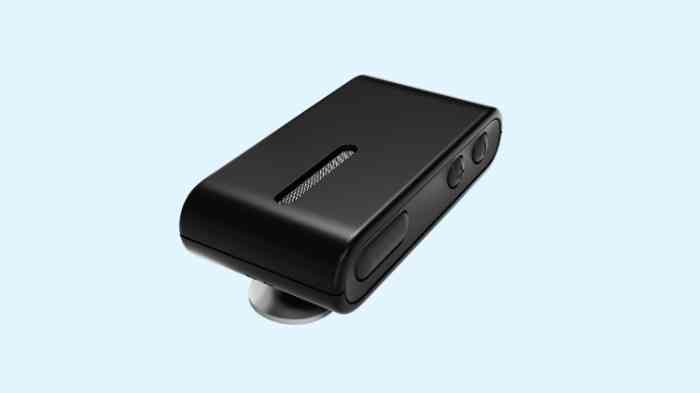The ICD-10 coding system plays a vital role in accurately documenting and classifying Eustachian Tube Dysfunction. By utilizing specific codes for ETD caused by dysfunction of the Eustachian tube, other specified causes, and cases where the cause is unspecified, healthcare providers can ensure proper diagnosis, treatment, and research efforts. Accurate coding enhances patient care, enables effective public health planning, and contributes to the advancement of medical knowledge in the field of ETD.
What is eustachian tube dysfunction?
What causes eustachian tube dysfunction?
Several factors can contribute to the development of ETD, including:
- Allergies: Allergic reactions can cause inflammation and swelling of the mucous membranes, obstructing the Eustachian tube and impairing its ability to open and close effectively.
- Upper respiratory infections: Common colds, sinus infections, and other respiratory illnesses can lead to the production of excess mucus, which can block the Eustachian tube and hinder its normal function.
- Barotrauma: Rapid changes in altitude, such as during air travel or scuba diving, can cause a sudden pressure difference between the middle ear and the environment. If the Eustachian tube fails to equalize this pressure, it can result in barotrauma, leading to ETD symptoms.
- Structural abnormalities: Some individuals may have anatomical variations that affect the Eustachian tube's function, such as a narrow or collapsed tube, which can impede the proper opening and closing of the tube.
How to cure eustachian tube dysfunction?
Conservative management:
- Autoinflation techniques: Includes Valsalva and Toynbee maneuvers to equalize ear pressure and open the Eustachian tube.
- Nasal decongestants and corticosteroids: Reduce nasal inflammation and congestion, improving Eustachian tube function.
- Pain relievers and anti-inflammatory medications: Alleviate discomfort and reduce inflammation.
Surgical Interventions (for severe cases):
- Myringotomy with tube insertion: Drains fluid from the middle ear, relieving pressure.
- Balloon dilation: Minimally invasive; widens the Eustachian tube.
- Laser-assisted eustachian tuboplasty: Uses laser to create openings or remove obstructions in the Eustachian tube.
Lifestyle modifications and self-care:
- Avoid irritants like secondhand smoke.
- Maintain good nasal hygiene.
- Stay hydrated to thin mucus.
- Be cautious with activities involving rapid altitude or pressure changes.
- Use ear protection in noisy or high-pressure environments
How long does eustachian tube dysfunction last?
What is ICD-10 coding system?
The International Classification of Diseases, Tenth Revision (ICD-10) coding system is a globally recognized system used to classify and code diseases, disorders, injuries, and other health-related conditions. It serves as a standardized language that enables healthcare providers, researchers, and policymakers to communicate effectively and accurately about various medical conditions.
What is the icd 10 code used for?


ICD-10 code for bilateral Eustachian tube dysfunction
The ICD-10 code for bilateral Eustachian Tube Dysfunction (ETD) is H69.8. This code is part of the ICD-10 (International Classification of Diseases, Tenth Revision) system used globally for diagnosing and coding various medical conditions. In this specific code, "H69" refers to disorders of the Eustachian tube, while the ".8" extension indicates that the condition affects both ears, i.e., it is bilateral. It's important for healthcare professionals to use this specific code when diagnosing and treating patients with Eustachian tube dysfunction in both ears, as it ensures accurate medical records and can impact treatment plans, insurance claims, and statistical analyses of this condition.
ICD-10 code for ETD due to specified causes
In cases where ETD is caused by factors other than Eustachian tube dysfunction, the code H69.89 is used. This code falls under the same chapter as the previous one and is classified as "other specified disorders of the Eustachian tube."
By using this code, healthcare providers can document cases where Eustachian tube dysfunction is caused by factors such as allergies, infections, or trauma. This level of specificity allows for a more accurate understanding of the underlying causes of ETD and helps guide appropriate treatment strategies.


Specific ICD-10 codes
Ear pain ICD-10
Otitis media ICD-10
Otitis media is classified under several codes in the International Classification of Diseases, Tenth Revision (ICD-10), depending on the specific type and severity of the condition. The primary code for otitis media is H66, which includes various subcategories to differentiate between acute, chronic, and unspecified forms of the condition, as well as specifying the affected ear(s). For example:
Acute otitis media:
- H66.0: Acute suppurative otitis media
- H66.1: Acute serous otitis media
- H66.2: Acute mucoid otitis media
Chronic otitis media:
- H66.3: Chronic serous otitis media
- H66.4: Chronic mucoid otitis media
- H66.9: Otitis media, unspecified
These codes help healthcare professionals accurately document and classify cases of otitis media for proper diagnosis, treatment, and medical billing purposes.
Cerumen impaction ICD-10
ICD-10 code for hearing loss
The ICD-10 code for hearing loss is H90. The H90 category includes various subcategories to specify the type, severity, and laterality of hearing loss. Here are some examples:
- H90.0 Conductive hearing loss, bilateral
- H90.1 Conductive hearing loss, unilateral with unrestricted hearing on the contralateral side
- H90.2 Conductive hearing loss, unspecified
- H90.3 Sensorineural hearing loss, bilateral
- H90.4 Sensorineural hearing loss, unilateral with unrestricted hearing on the contralateral side
- H90.5 Sensorineural hearing loss, unspecified
- H90.6 Mixed conductive and sensorineural hearing loss, bilateral
- H90.7 Mixed conductive and sensorineural hearing loss, unilateral with unrestricted hearing on the contralateral side
- H90.8 Mixed conductive and sensorineural hearing loss, unspecified
- H90.9 Unspecified hearing loss
Otalgia ICD-10
ICD-10 tinnitus


With you on your journey to better hearing.
It's time to finally treat your hearing loss. Sign up for a free consultation with a licensed hearing care professional today to determine if you have hearing loss. It’s the start of your journey towards better hearing.
EarPros benefits:
- It's 100% risk free
- Best partner with more than 1.000 stores




